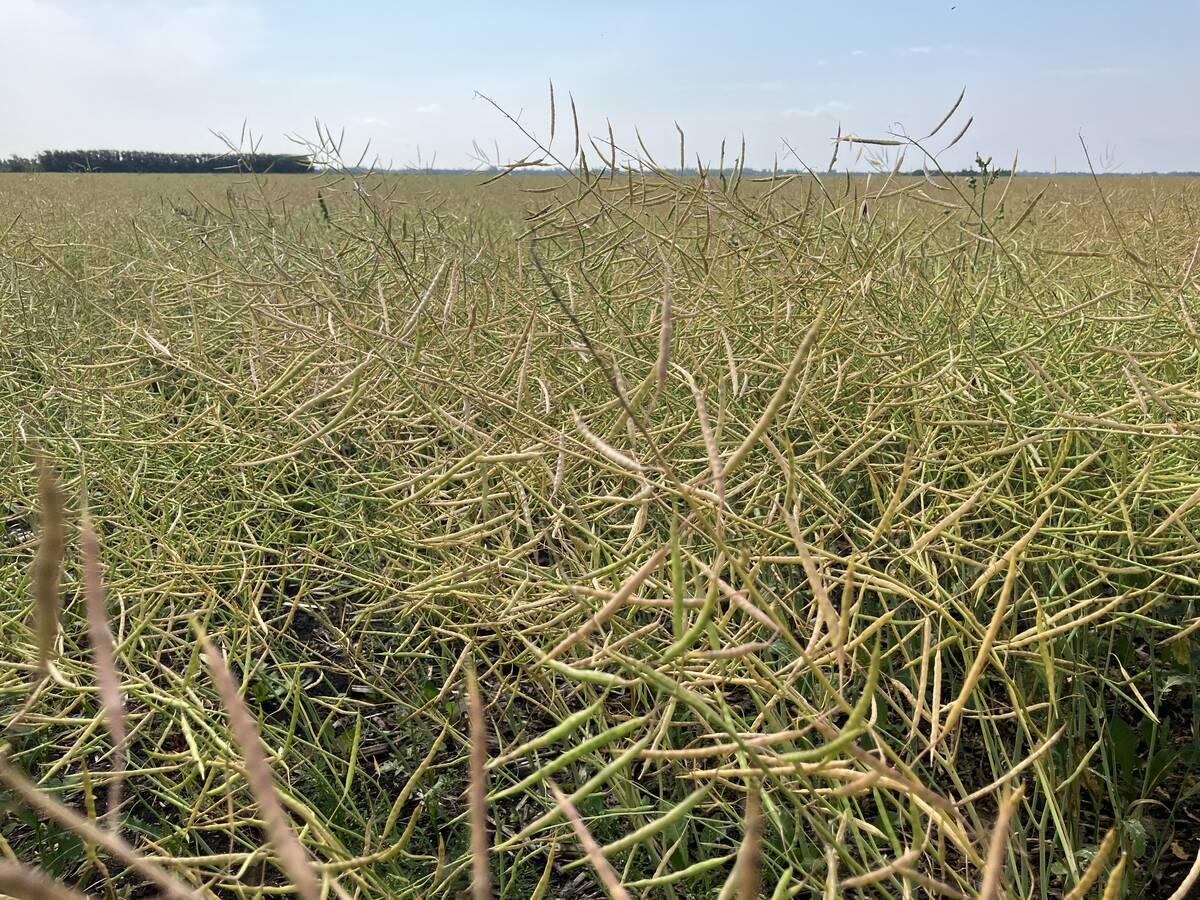Greenhouse feasibility | High heating and shipping costs present a deterrent to the region’s agricultural sustainability
Growing fruit and vegetables in Canada’s North has its challenges, but it’s been identified as paramount to ensuring food security in remote regions of the country.
A recent conference in Saskatoon on northern food security emphasized that high food prices and a limited supply put the food security and health of these communities at risk, leaving residents with an unreliable supply of food, fewer healthy options and an increased reliance on processed foods.
Officials and community leaders said part of the solution is for residents to grow more food in their communities, providing them with more options and possibly decreasing the need for subsidy programs such as Nutrition North Canada and providing jobs.
Read Also

South American soybeans will have less impact on canola
South American production will, as usual, affect the global oilseed market, but Canadian canola is on the outside looking in until it can get China back or find alternative buyers.
“I think community greenhouses can be a solution,” said Karen Tanino, a plant scientist from the University of Saskatchewan’s agriculture college, who also chairs a group from the University of the Arctic that probes agricultural issues.
It seems easy, but communities face a host of challenges in building a network of community gardens and greenhouses. Many of them are the same factors that drive up food prices in these communities in the first place, including short growing seasons and high transportation costs.
“Unfortunately, many of the issues and challenges in the North are very similar to developing countries,” said Tafino. “The geographic remoteness, the isolation, the lack of training and knowledge in terms of production, transportation, distribution.”
Greenhouses do exist in the North, and the conference heard many stories of successful community greenhouse programs in the region. However, officials said the network and communities’ know-how and skill sets are underdeveloped.
“We’ve had lots of greenhouses and gardens from the gold rush era, but the First Nations weren’t really that involved,” said Dawn Charlie from Carmacks, Yukon.
“They were somewhat, but there’s a disconnect between 100 to 140 years ago to today, where people have kind of given it up.”
Pragmatic issues also affect the sustainability of these operations: affordable heating sources, the cost of shipping materials and building greenhouses, and production de-mands, such as a labour shortage and the fact that commercial greenhouse will typically only grow one crop in the northern environment.
“The economics of it aren’t straightforward. The way I approach it is worst-case scenario, lowest yield is what you have to look at … what price do we need to sell it for in order to keep the operation going and how much can we afford to actually invest in it?” said Brian Hunt with the province of Manitoba. “Generally, because the prices in the North are so exceptionally, indecently, obscenely high, we can still make a profit and still look attractive in the marketplace.”
The federal government called for proposals to study the feasibility of greenhouses in these regions. The request identified biomass boilers as a possible solution to the high cost of heating greenhouses.
“I think that we still need to demonstrate that there’s real sustainability in this and that’s part of the business case because the government is only going to support so far,” said Tanino.
“But if you can make some money and it can be long term, then it will sustain itself.”














